Cobra Lily Care: Tips For Growing A Cobra Lily Plant
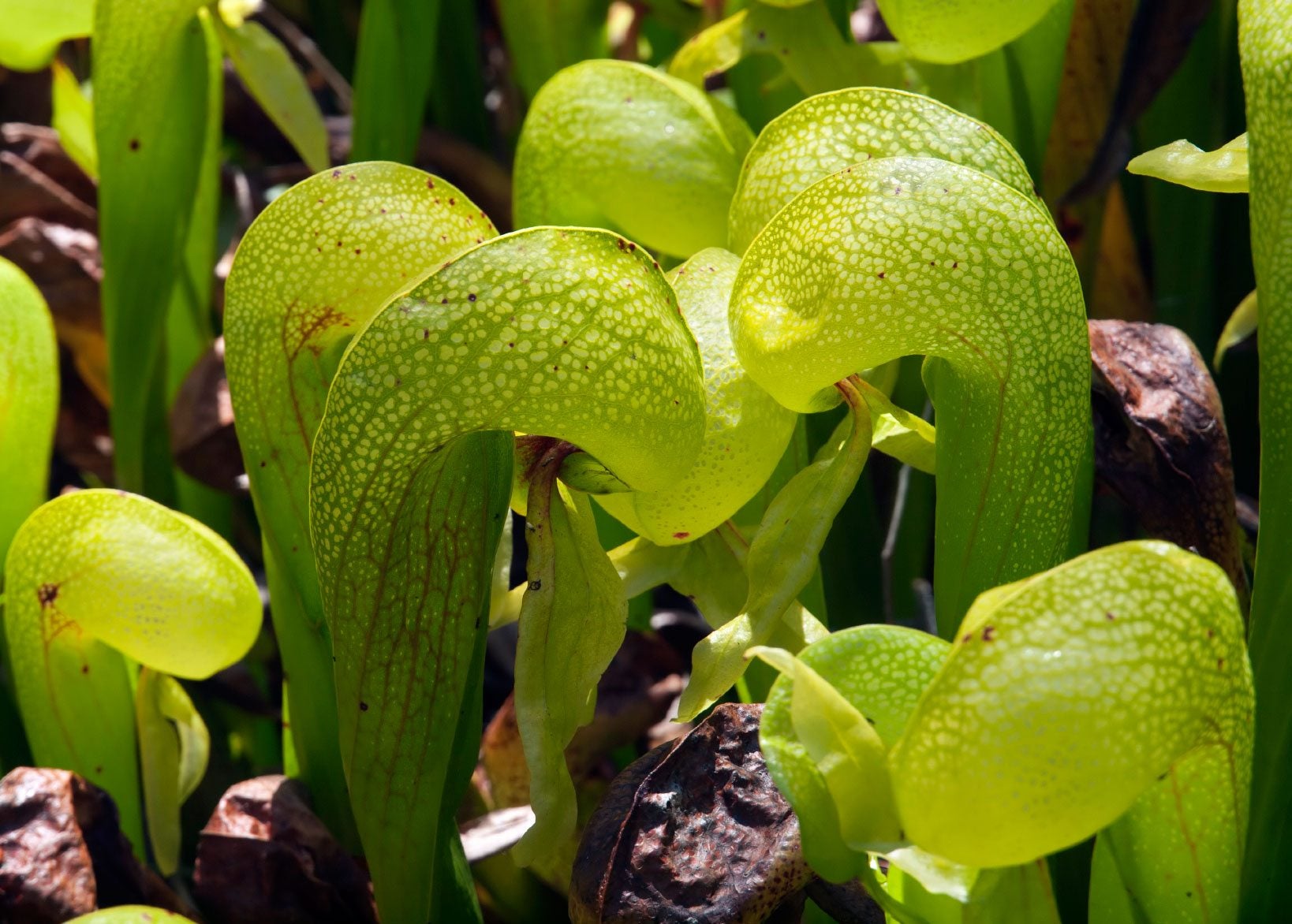

There is something otherworldly about the cobra lily plant. The undulating form and strangely built leaves call to mind old horror movies yet give such a unique vision that the viewer is also reminded of the great diversity of life on our planet. This pitcher plant is not only unique in appearance but has an active appetite fed by insects and, occasionally, small vertebrates. If you are lucky enough to live in a zone that is sufficiently warm, learn how to grow cobra lily and bring this amazing plant's drama into your landscape.
Cobra Lily Information
California pitcher plants (Darlingtonia californica) grow in distinctive groupings across the state's countryside. Cobra lily pitcher plants are native to North America and found in nutrient-poor boggy areas. The plants spread asexually through runners and stolons and infrequently flower. They are inimitable plants, unmatched by most flora in exceptional structure and eccentric beauty. The cobra lily plant almost defies description. The main features of the plant are the modified leaves that rise from the base and terminate in hooded foliage. The leaves resemble the heads of cobras, and they serve a specialized function. The habitat of these plants is poor in nutrients, and they use those hooded leaves to gather fuel through digested insects. The hood secretes an attractive scent, which entices unsuspecting prey to enter. Once inside, they have difficulty getting back out and the plant secretes digestive enzymes, which break down the animal matter. Unlike other pitcher plants, complete cobra lily information needs to include the fact that their hoods are not open, and they do not collect rainwater to trap and drown their prey.
How to Grow a Cobra Lily
The cobra lily pitcher plants need warm temperatures, full sun, and cold water to cool their roots. These conditions are hard to come by in all but a natural bog. However, if you can provide these circumstances, the plant may still be hard to come by. Darlingtonia pitchers are not as commercially available as Sarracenia pitcher plants. If you do get lucky, a container garden is probably your best bet. Plant it in a high percentage of peat with just a little fine bark and garden sand. Flush the roots daily with fresh water and move the plant to shelter if temperatures are higher than 100 degrees F. (37 C.). The ideal temperature range is 70 to 80 degrees F. (21-26 C.), and they are hardy in USDA zones 7 to 10. If you get a hold of seeds, they will need stratification for four weeks in the refrigerator. Surface sow the seeds and keep the pot moist with a plastic bag over the container to conserve water.
Cobra Lily Care
Moisture is the most important part of cobra lily care. Use rainwater if possible, or purchase spring water because the plants are sensitive to excess minerals and chemicals in tap water. You can cut back any dead stems and leaves as needed. They do not need fertilizing and will ingest most insect pests. The biggest disease issue is fungal but keeping water off the leaves will usually prevent any heavy spore activity. The plant can take a brief freeze if it is dormant, but you should move it to a sheltered location such as a cold frame if the freeze is weeks long.
Gardening tips, videos, info and more delivered right to your inbox!
Sign up for the Gardening Know How newsletter today and receive a free copy of our e-book "How to Grow Delicious Tomatoes".

Bonnie Grant is a professional landscaper with a Certification in Urban Gardening. She has been gardening and writing for 15 years. A former professional chef, she has a passion for edible landscaping.
-
 Looking For Plants To Give You The Soft And Fuzzies? Try These 5 Fuzzy Leaf Plant Options
Looking For Plants To Give You The Soft And Fuzzies? Try These 5 Fuzzy Leaf Plant OptionsLovers of texture, drama, silver foliage and tactile plants will adore these special sensory garden additions. These fuzzy leaf plant options will leave you all aglow
By Susan Albert
-
 Get Ready For A Summer Of Hummers! Grow These Full Sun Hummingbird Plants and Flowers
Get Ready For A Summer Of Hummers! Grow These Full Sun Hummingbird Plants and FlowersIf you’re lucky enough to enjoy a sunny backyard, make sure you are maxing out on your pollinator opportunities and grow these full sun hummingbird plants and flowers
By Tonya Barnett
-
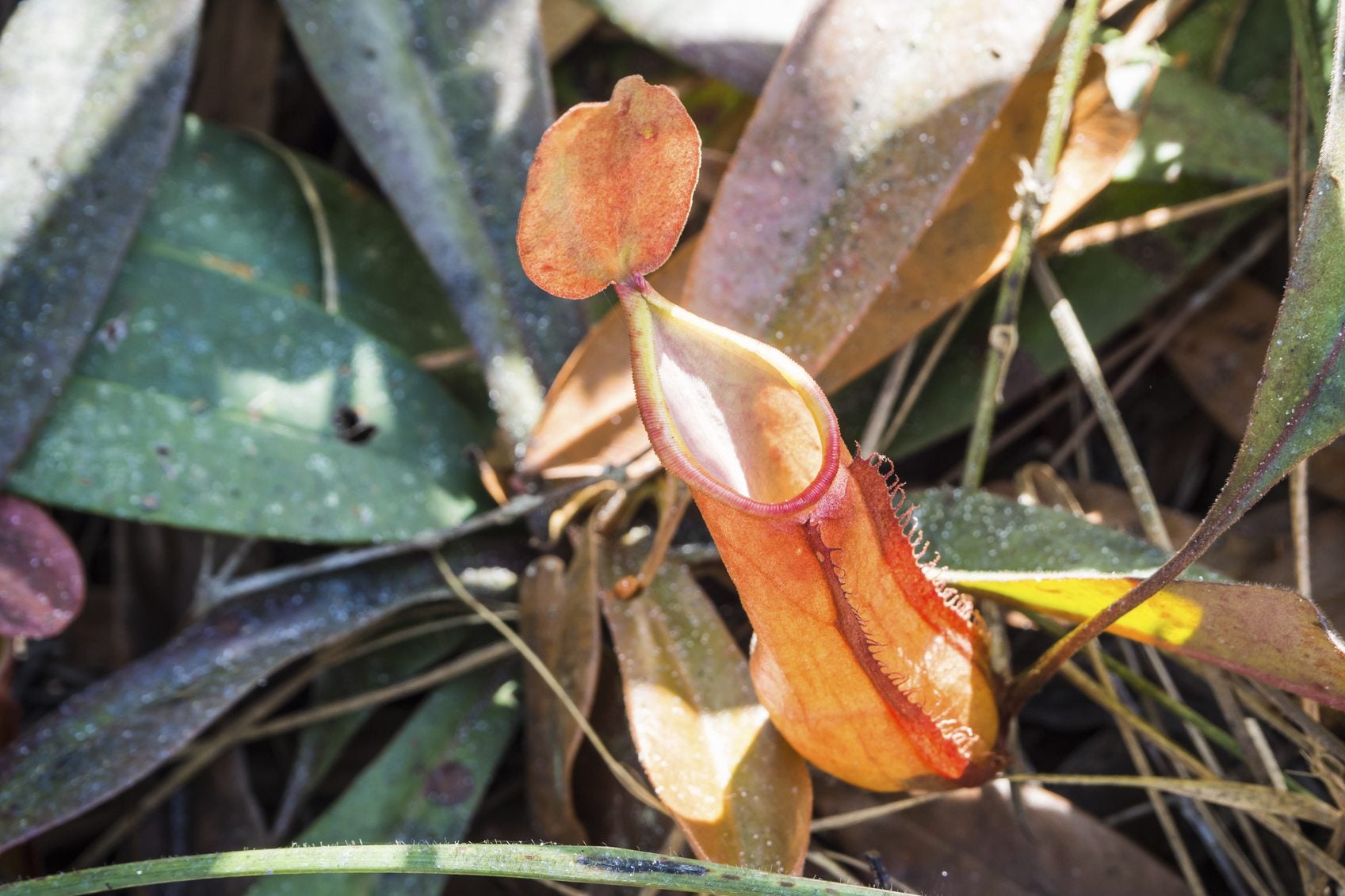 Black Pitcher Plant Leaves – Why Nepenthes Leaves Are Turning Black
Black Pitcher Plant Leaves – Why Nepenthes Leaves Are Turning BlackPitcher plant has specific needs, and it lets you know with alarming clarity when those needs aren't being met. This article explains what to do when you find your pitcher plant's leaves turning black. Click here to learn more.
By Jackie Carroll
-
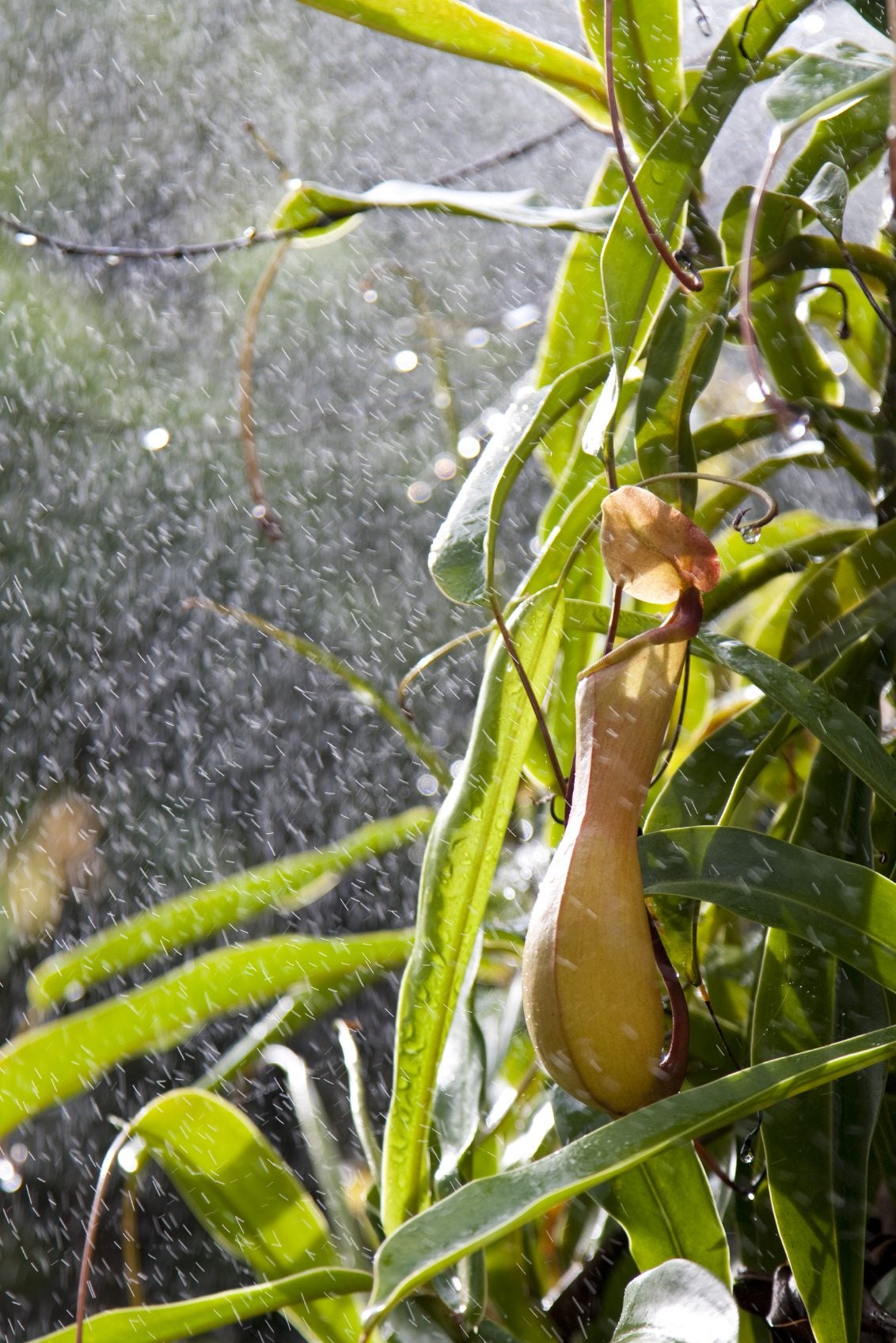 Watering Nepenthes – How To Water A Pitcher Plant
Watering Nepenthes – How To Water A Pitcher PlantThere are many types of exotic pitcher plants, all surprisingly easy to grow once you learn how to meet the plant's basic needs, including proper pitcher plant watering. Click here to learn what's involved in watering a pitcher plant.
By Mary H. Dyer
-
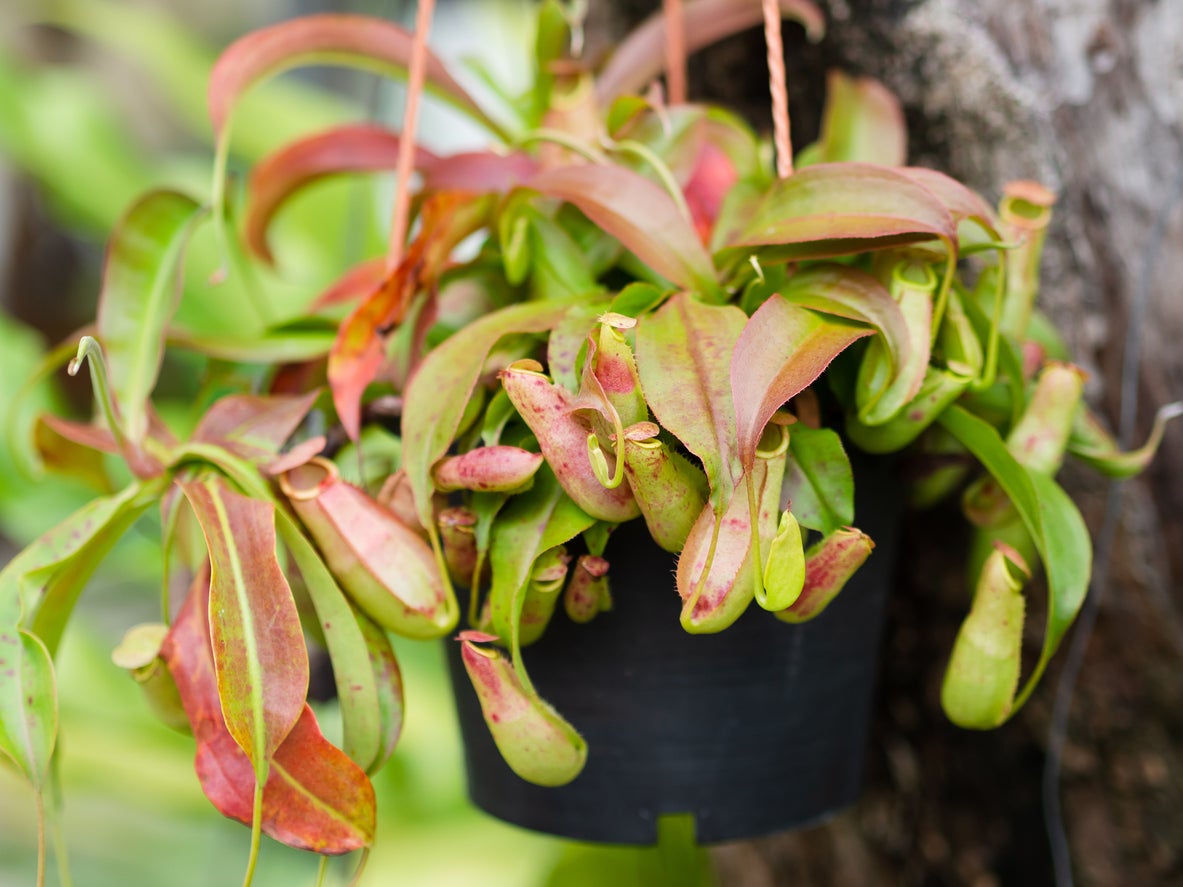 Nepenthes Pitcher Plants: Treating A Pitcher Plant With Red Leaves
Nepenthes Pitcher Plants: Treating A Pitcher Plant With Red LeavesNepenthes pitcher plants are often grown as houseplants. If you own one, you may see your pitcher plant leaves turning red. There are various possible reasons for a pitcher plant with red leaves; some require fixing, some do not. Click here to learn more.
By Teo Spengler
-
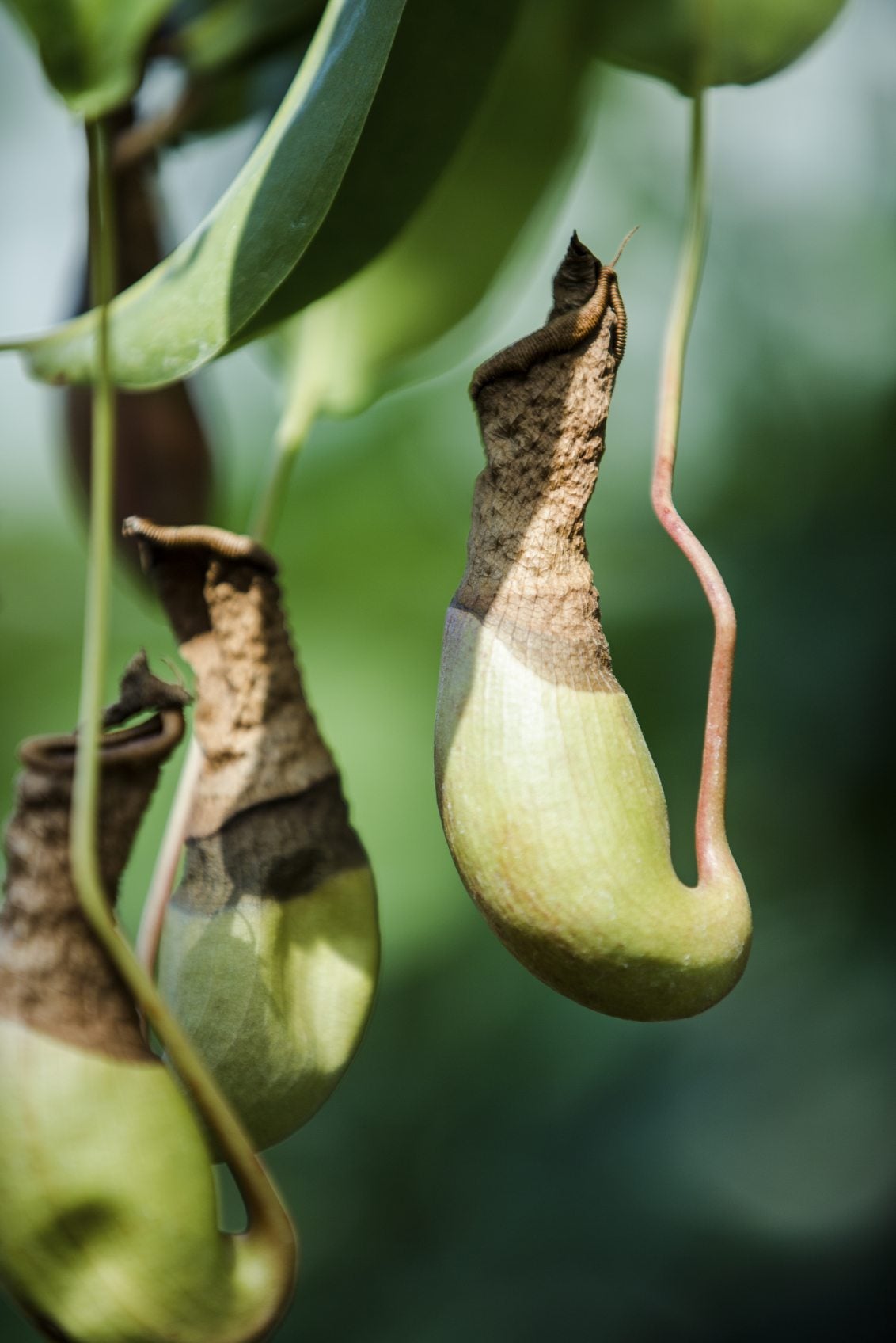 Pitcher Plant Pest Control: Learn About Pests Of Pitcher Plants
Pitcher Plant Pest Control: Learn About Pests Of Pitcher PlantsPitcher plants are exotic, fascinating plants, but they're prone to many of the same problems that affect any other plant, including pests. If you're wondering how to get rid of bugs on carnivorous plants, it can be tricky. Click here to find out why.
By Mary H. Dyer
-
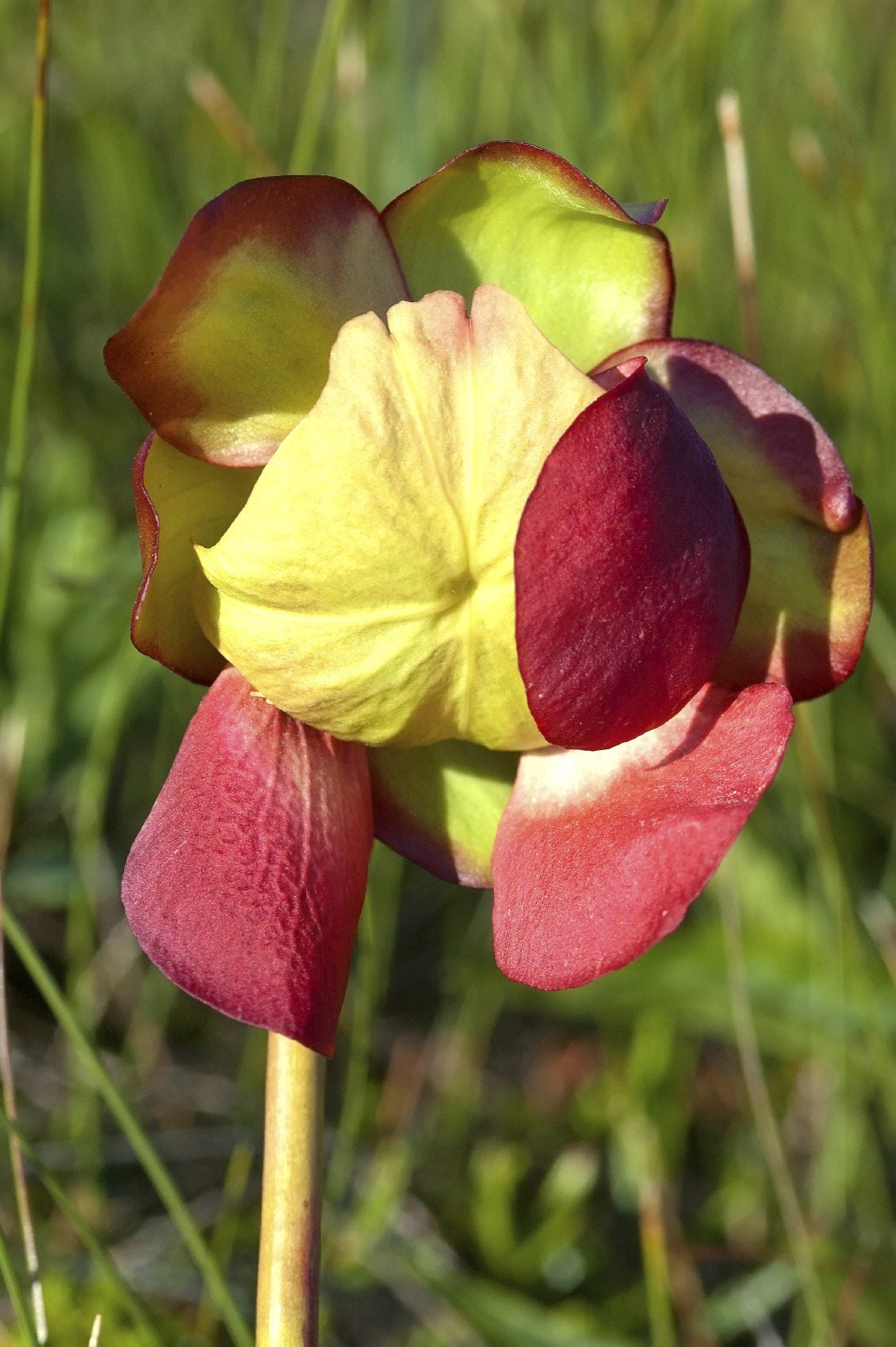 Do Pitcher Plants Bloom: Learn About Pitcher Plant Flowers
Do Pitcher Plants Bloom: Learn About Pitcher Plant FlowersDo pitcher plants bloom? They certainly do, and pitcher plant flowers are just as fascinating as the colorful, mysterious pitchers. Click on this article for more pitcher plant flower information. You'll be amazed at how lovely their flowers are.
By Mary H. Dyer
-
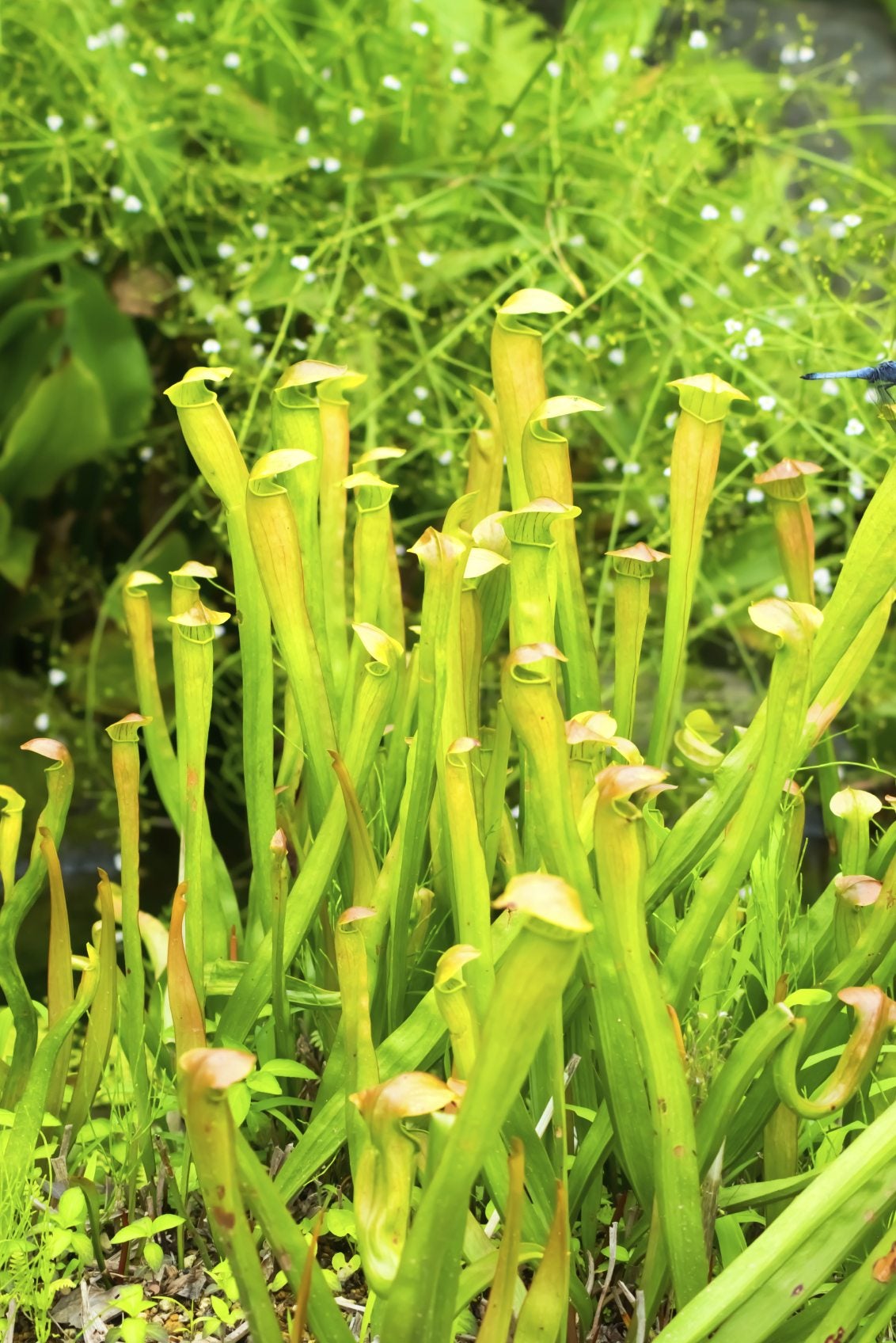 Pitcher Plant Info: Growing Pitcher Plants In The Garden
Pitcher Plant Info: Growing Pitcher Plants In The GardenGrowing pitcher plants outdoors requires a combination of conditions quite different from ordinary garden plants. To learn what these plants need to grow outdoors, click on the article that follows for additional information.
By Karen Boness
-
 Carnivorous Plant Problems: Why A Pitcher Plant Has No Pitchers
Carnivorous Plant Problems: Why A Pitcher Plant Has No PitchersIf you're having carnivorous plant problems, such as a pitcher plant not making pitchers, it may require some troubleshooting to determine the problem. For helpful tips on this issue, simply click on the following article.
By Mary H. Dyer
-
 Pitcher Plant Seeds: Guide To Pitcher Plant Seed Growing
Pitcher Plant Seeds: Guide To Pitcher Plant Seed GrowingPitcher plant seed sowing is one of the best ways to reproduce this beautiful plant. But like the seeds of other carnivorous plants, they need special treatment to give them their best chance of growing. Click this article to learn more.
By Teo Spengler